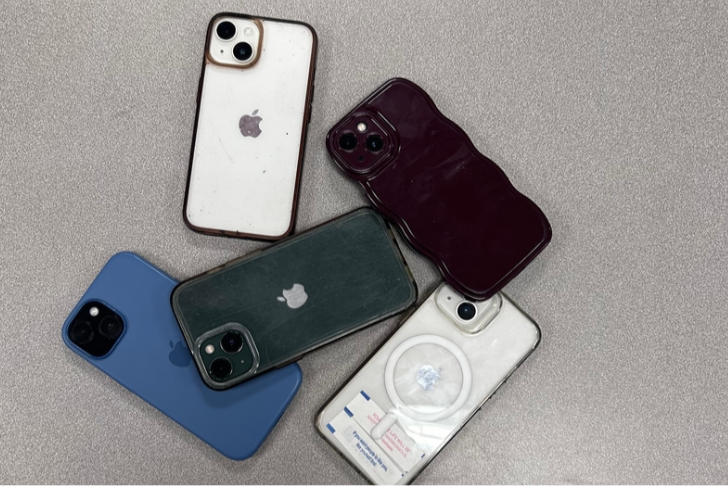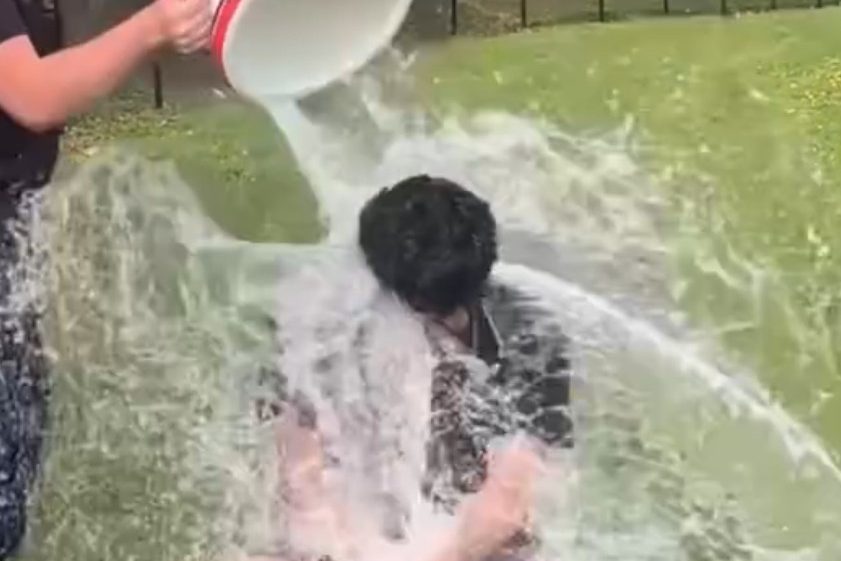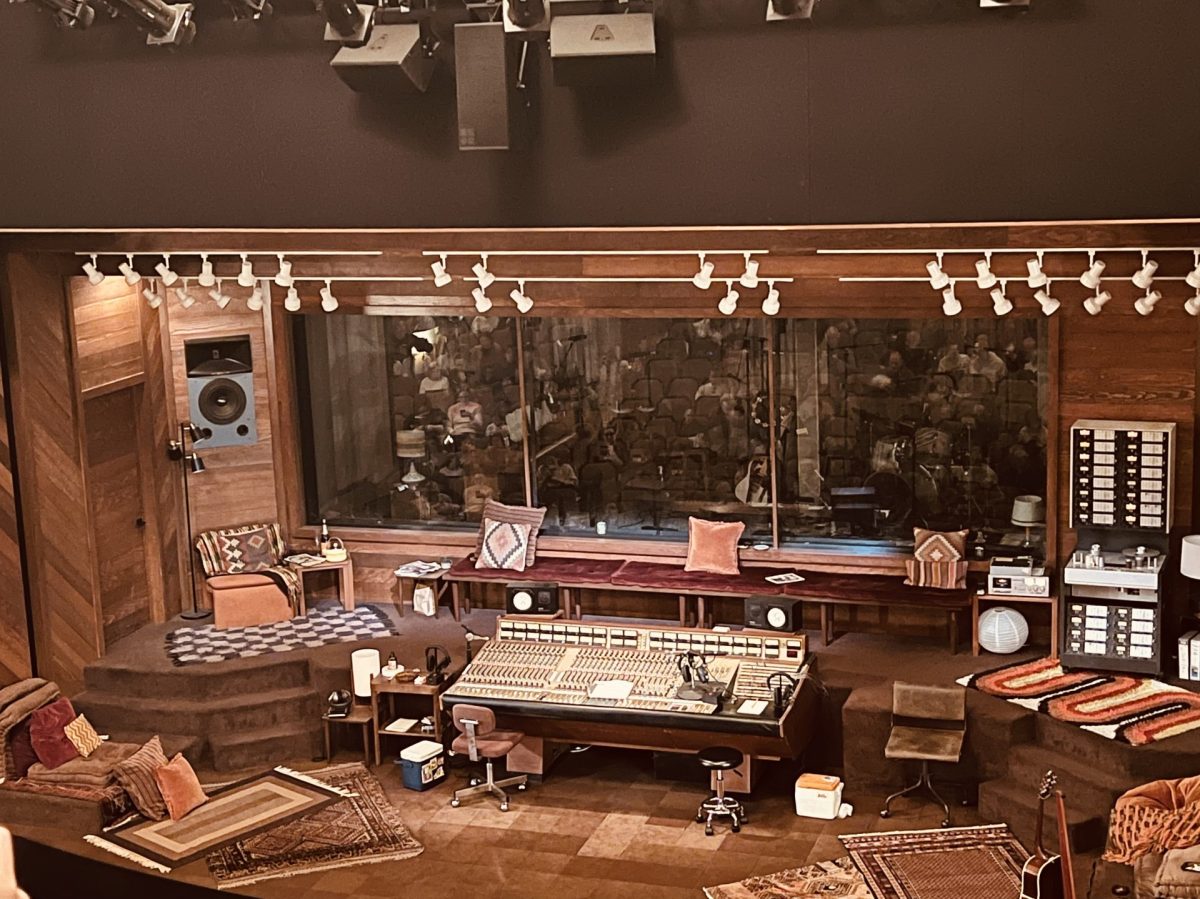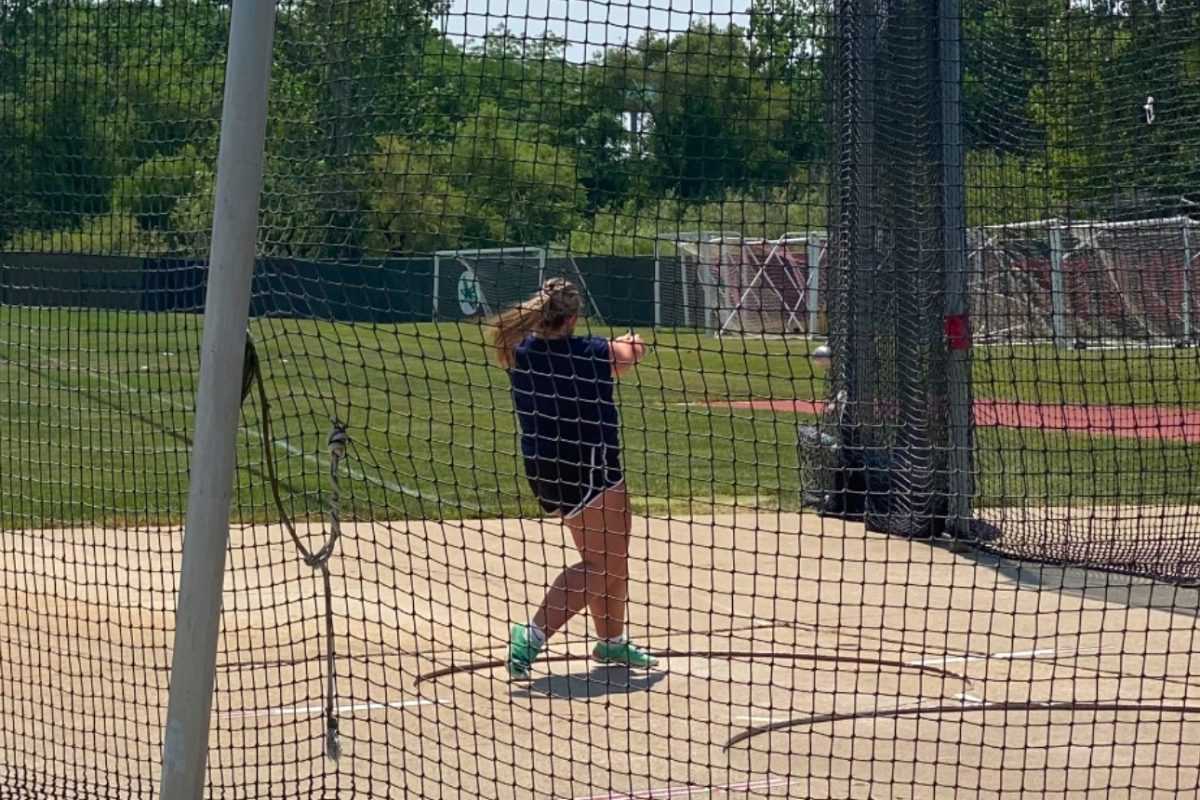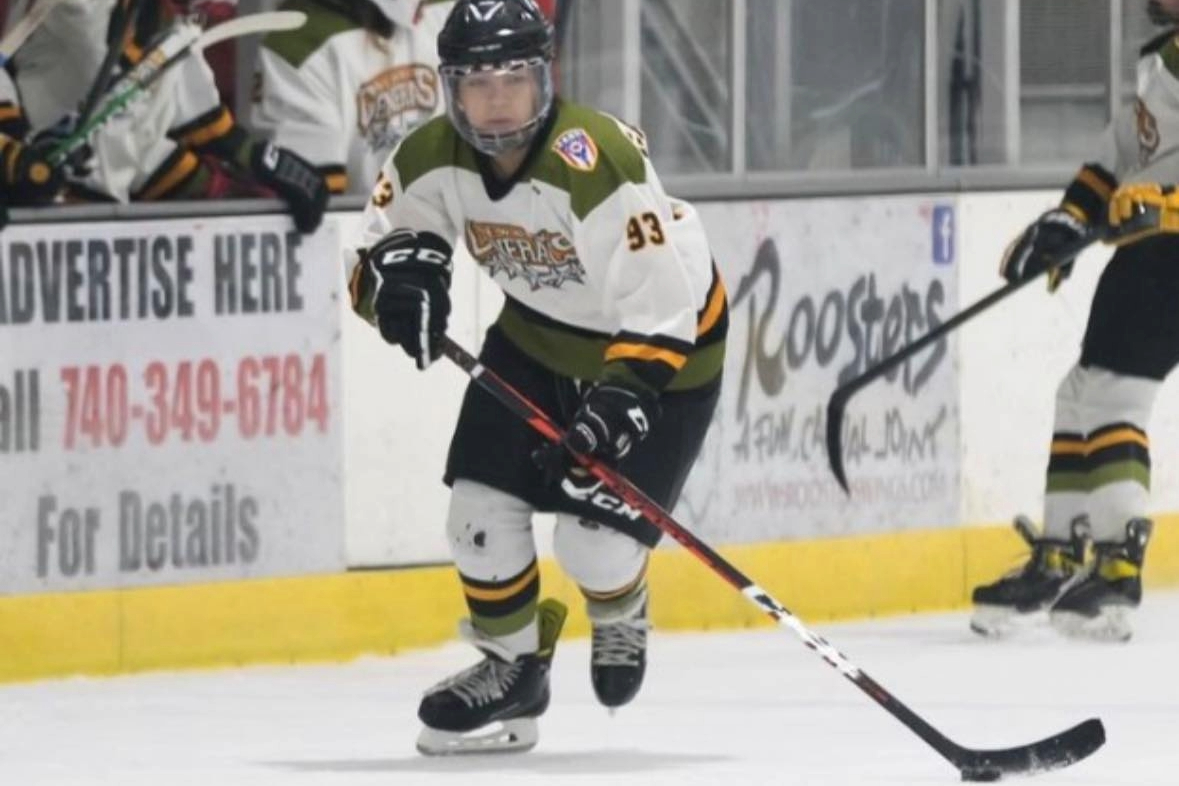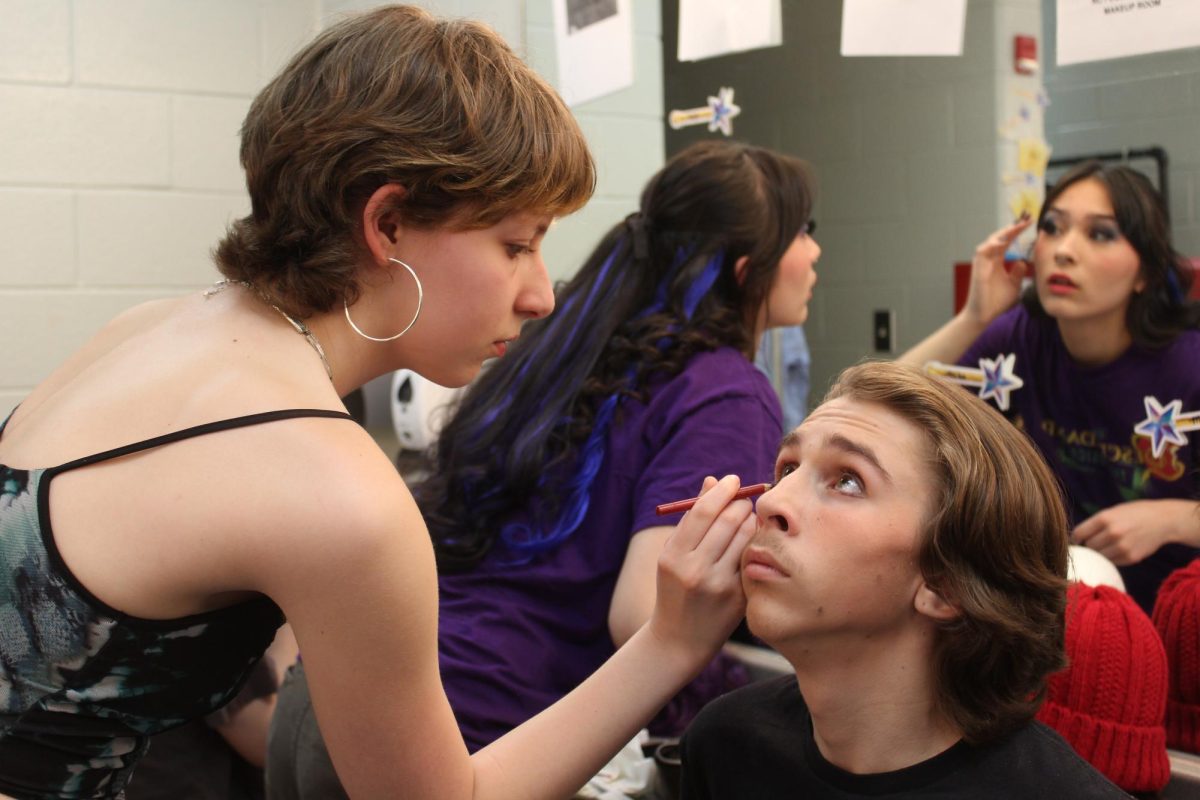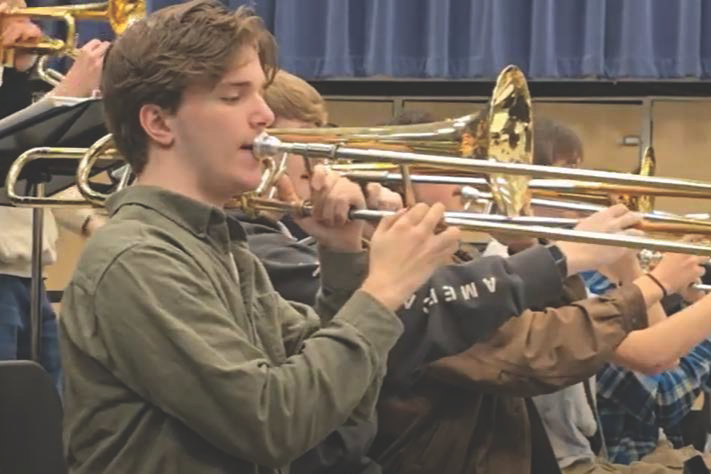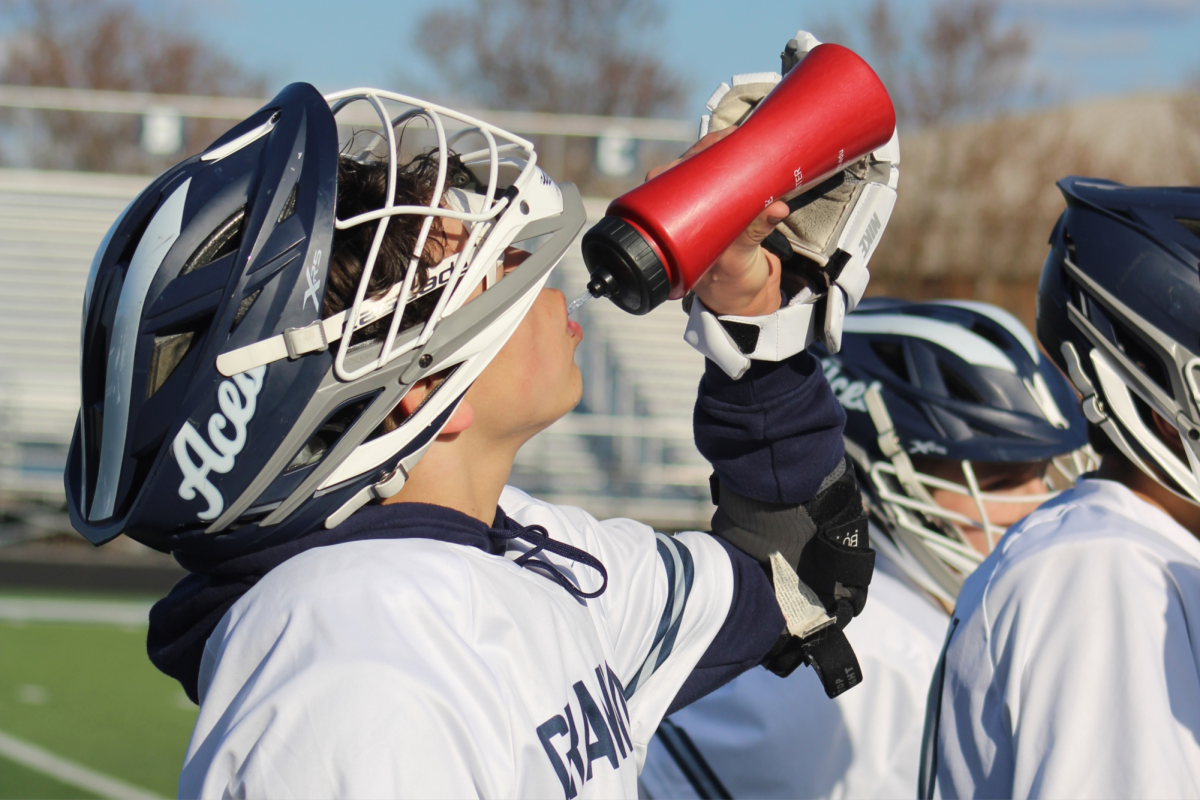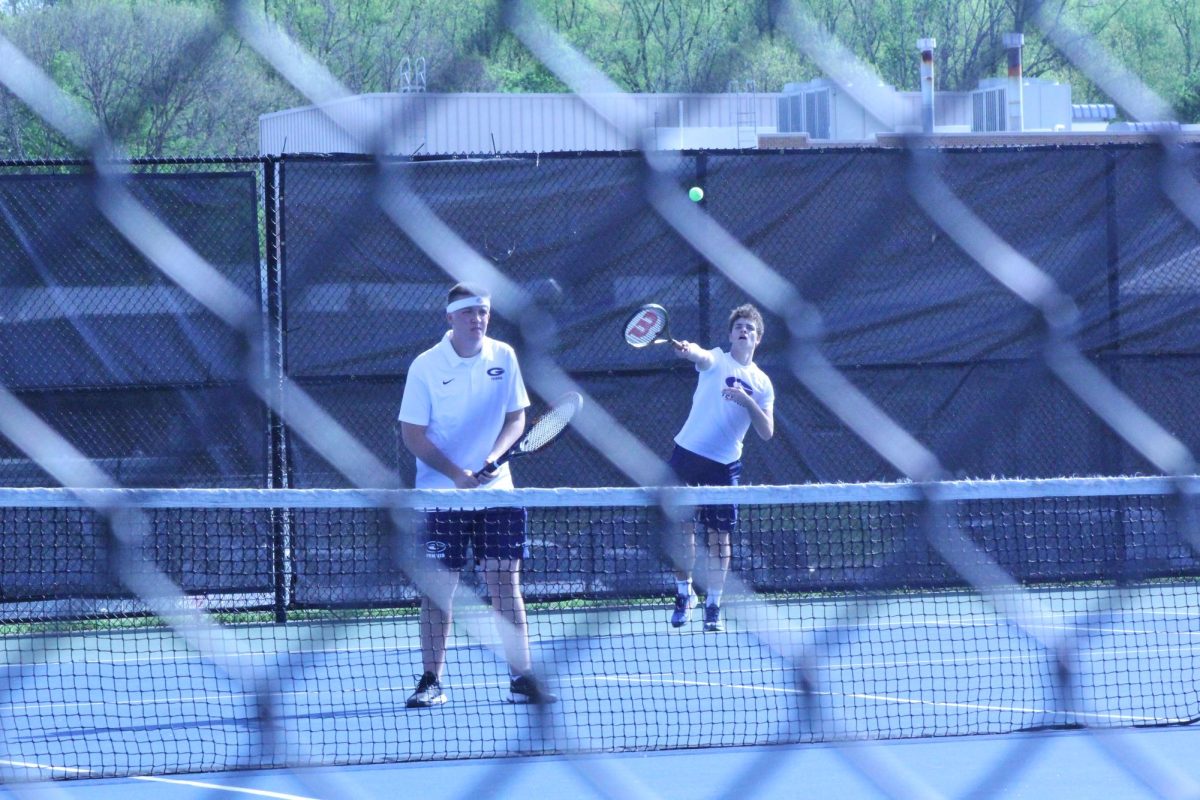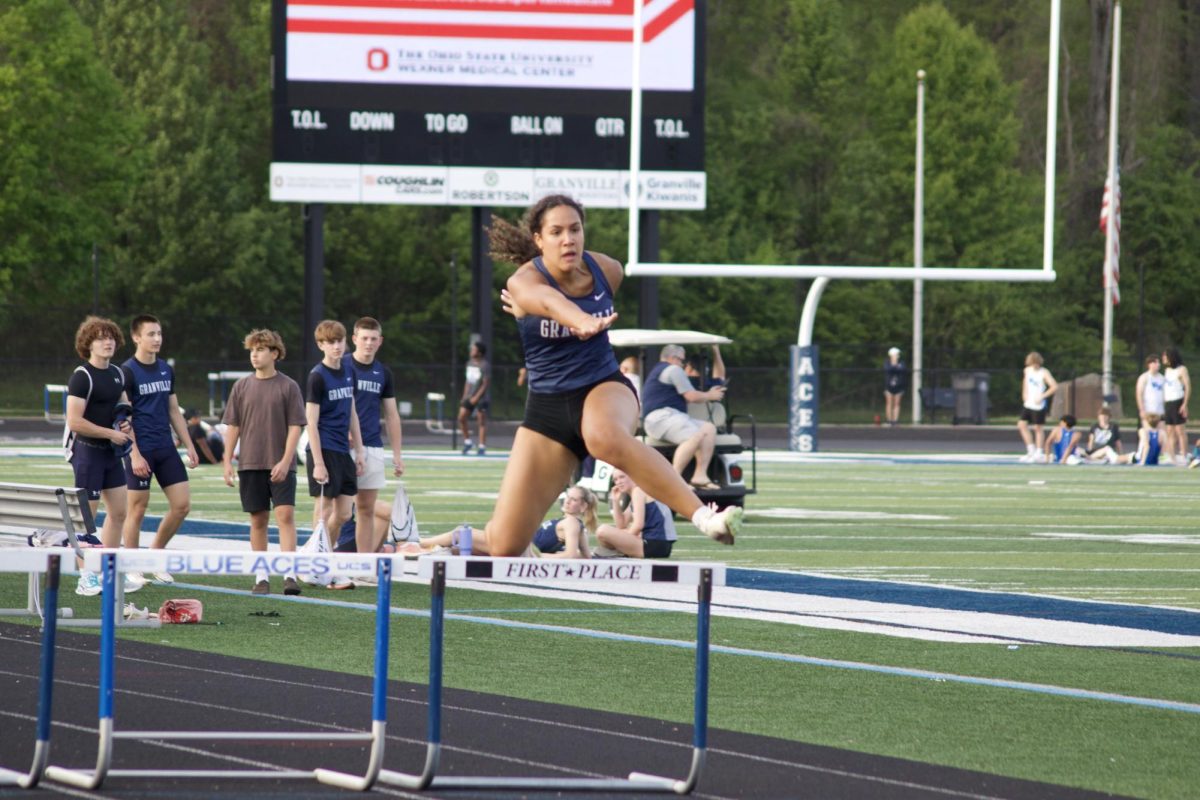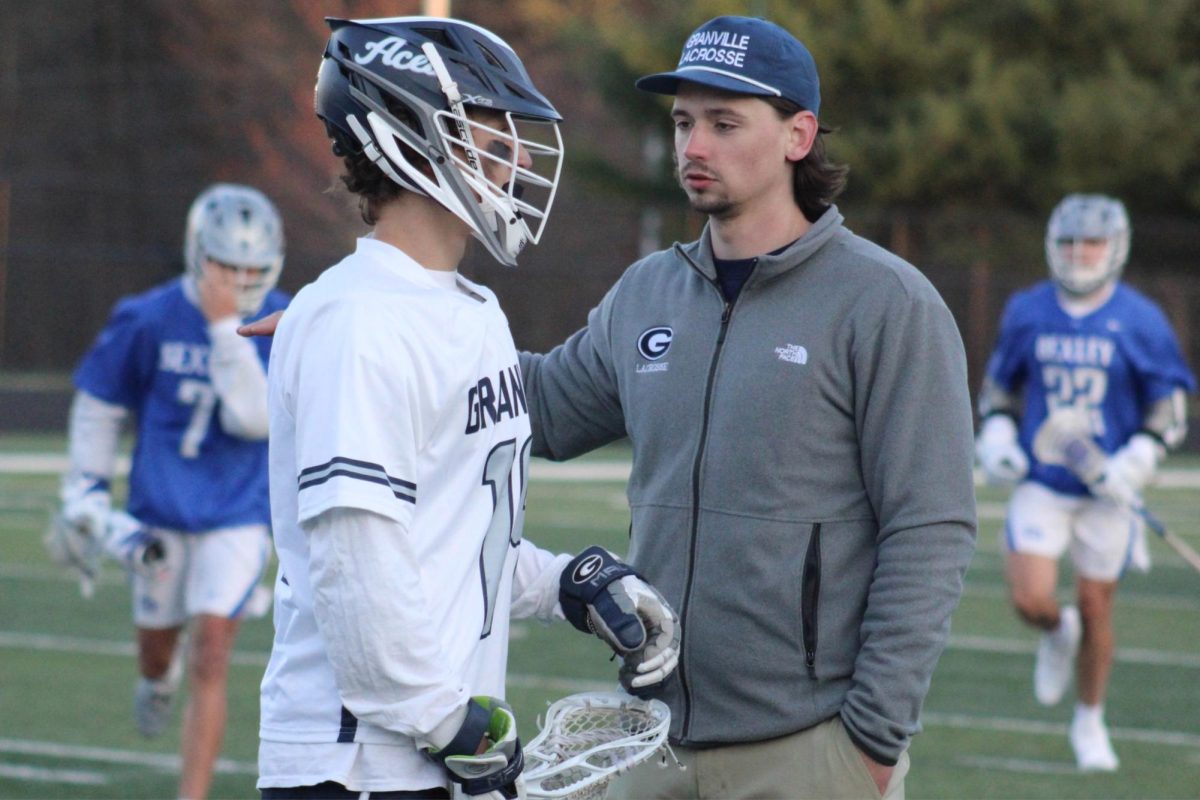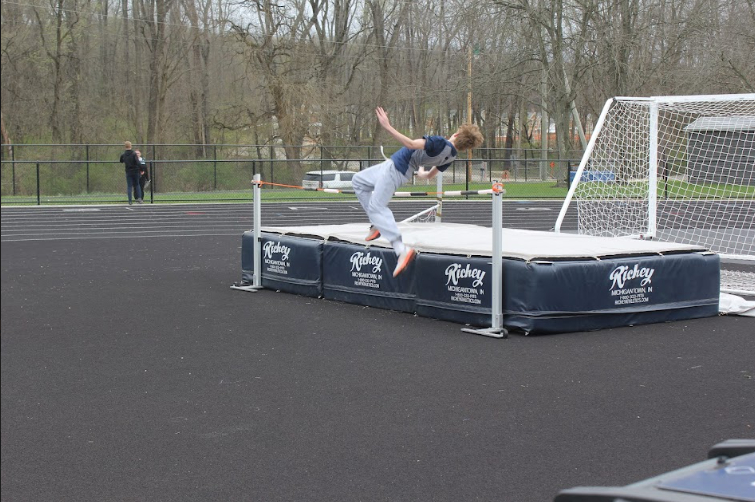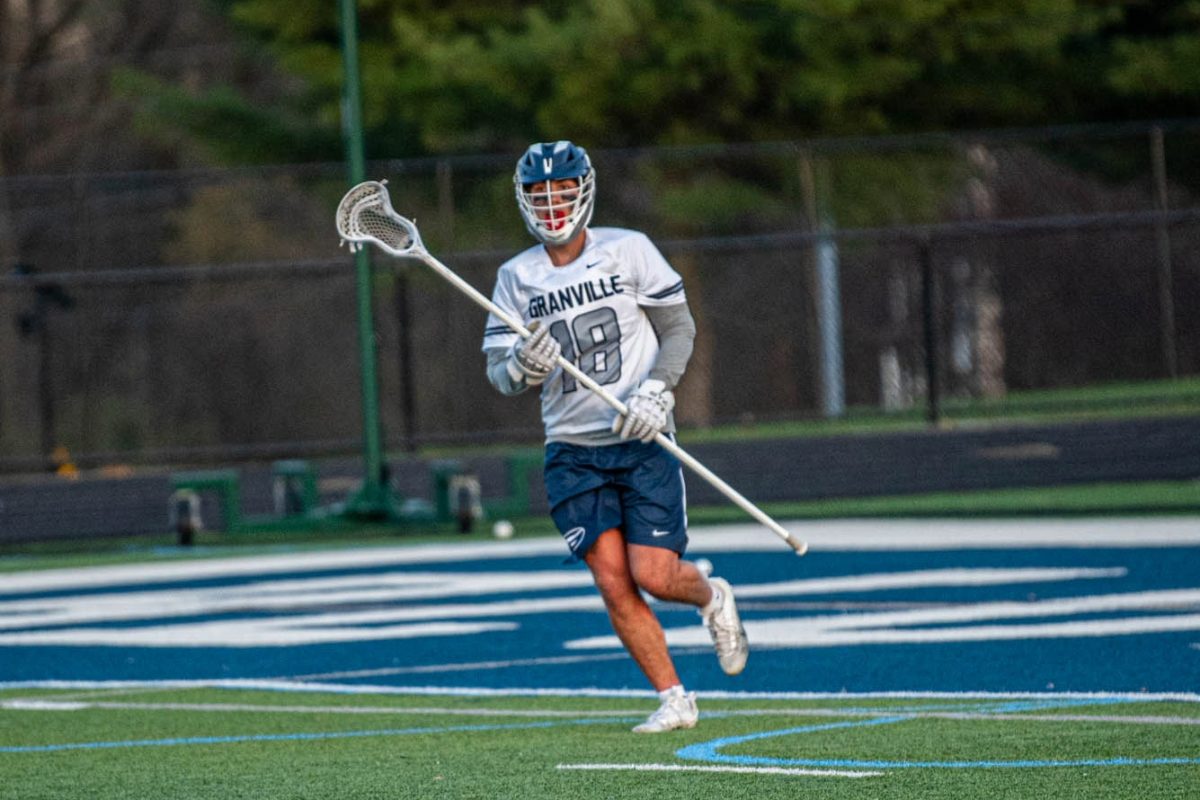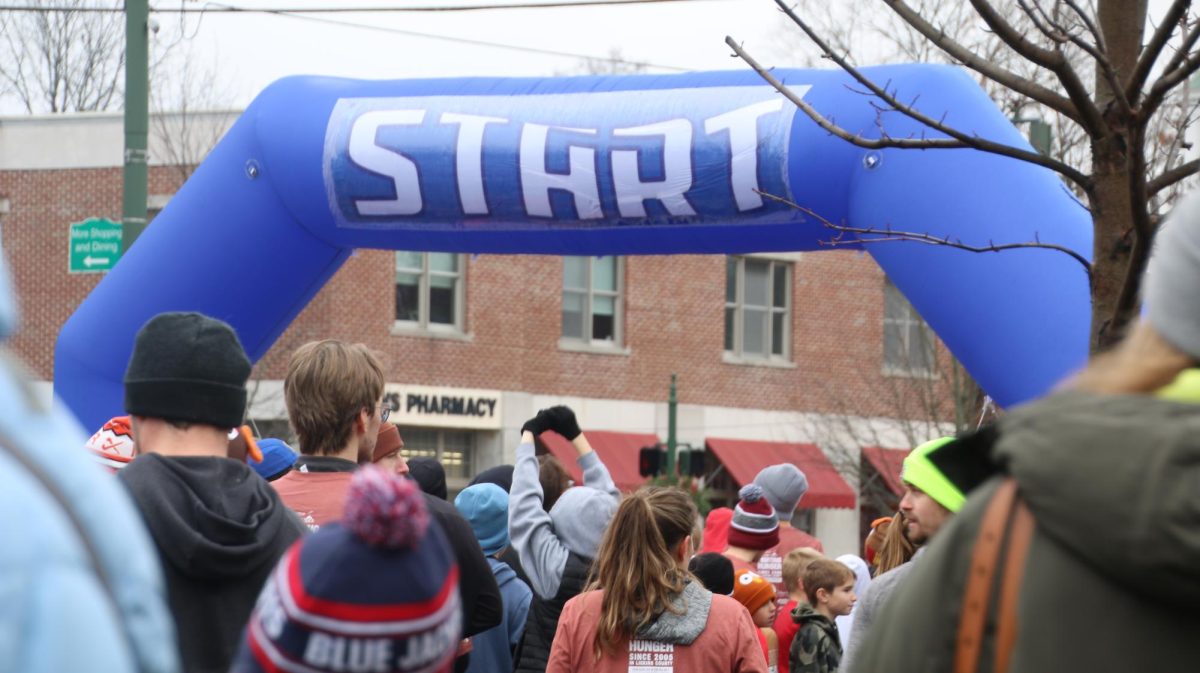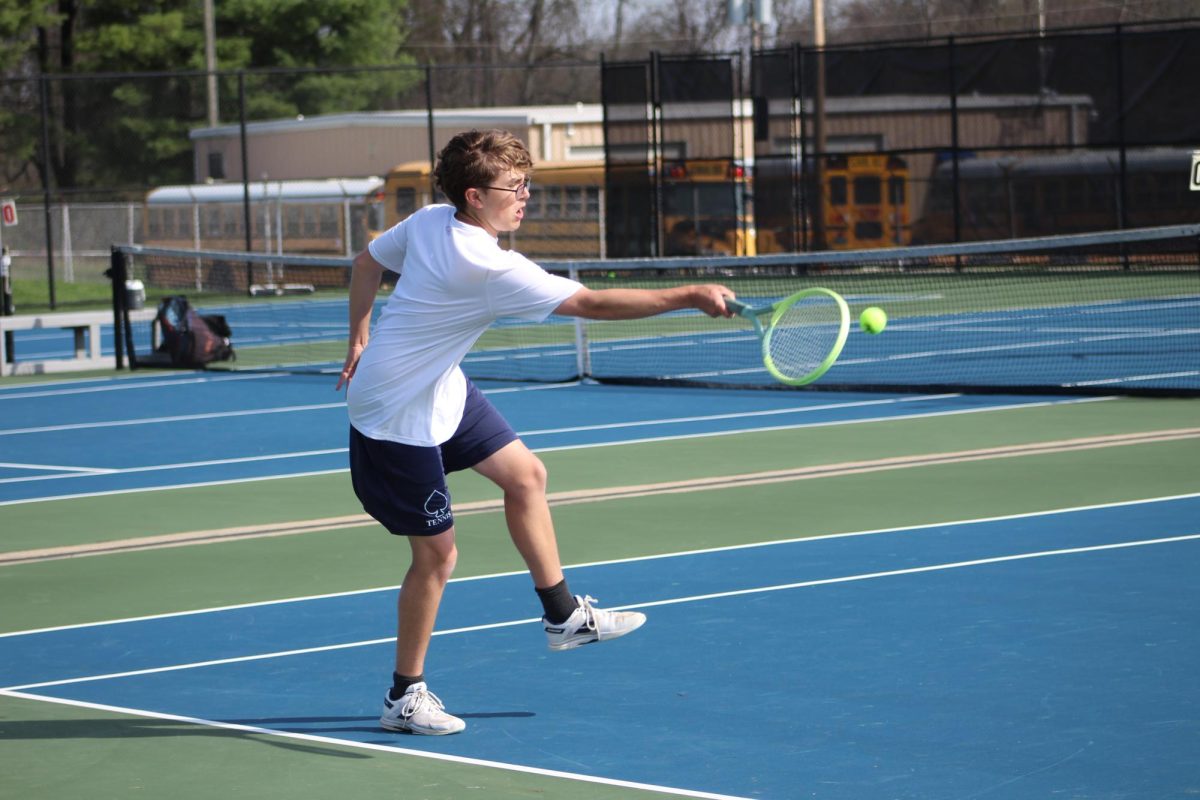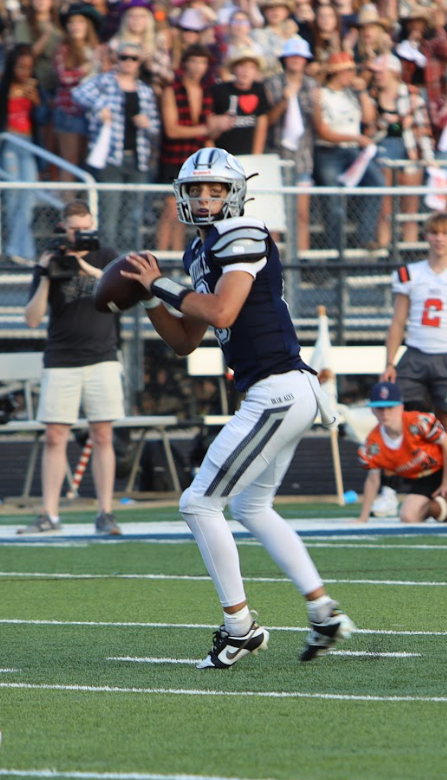BY COLE JAQUITH ’16
The lacrosse face-off is unlike anything in any other sport. Two players line up at the center of the field with their sticks parallel to each other and battle for possession of the ball once the whistle is blown. I’ve been taking face-offs since I first started playing lacrosse. They’re the only part of the game that is truly one on one.
Face-offs have always been a controversial part of the game, and were even briefly removed from college lacrosse in 1979. This experiment was bound to be a disaster.
After a goal a player on the opposing team received the ball at midfield, which slowed the game down considerably since there was no pressure from the defense. Teams would often give the ball to their largest player and have them gain speed and sprint the the goal. The defense couldn’t stop them since they had so much momentum and they ended up scoring almost every time.
The face-off was quickly reinstated for the 1980 season.
Face-offs remained the same for a long time. Players would either clamp the head of their stick over top of the ball and sweep it out, or they would flick the ball out by turning their head the opposite direction.
As time passed, players began to realize that they could warp the plastic head around the ball to secure it better in their stick.
Instead of getting the ball out immediately, which sometimes didn’t work, face-offs often became a long drawn out battle where the two players would circle around the ball and push against on another until one had their head warped around the ball.
This created a whole slough of problems, the main one being that referees struggled to see the players stick heads and hands. Players realized this and began to use their hands along with their heads to grab the ball.
The lacrosse shaft is inserted into the throat of the plastic head and then screwed on to secure it. The throat generally goes about to inches down from the open face of the head. At the time, players were able to put their hand as far up on the throat as they wanted, but the NCAA changed that in 2012.
The NCAA required face-off men to put six inches of colored tape which contrasted the color of the gloves and head on the top of their shaft. This tape wasn’t allowed to go over top of the throat and neither was their hand. This forced the players top hand to be further away from the ball and allowed the officials to determine whether or not a player was cheating more easily.
In 2013, a new trend started in college lacrosse.
Previously, when players gained possession of the ball, they would either direct it forwards or backwards, but in 2013, players began keeping the ball in the back of their stick.
The rules clearly stated that the ball cannot be lodged in the back of the stick, but they didn’t say that it couldn’t be carried in the back. Players began to win the clamp and run down the field with the ball in the back of their stick until they were free from pressure. This was completely legal as long as the ball came out on the first attempt to pop it out.
This essentially eliminated wing play and almost guaranteed possession for the player who won the clamp.
This technique was perfected and made famous by Brendan Fowler, a former Duke midfielder, who won 20 of 28 face-offs in the 2013 national championship.
The NCAA perceived this new development as an unfair advantage and sought to eliminate it during the 2015 season.
In 2015 the NCAA made carrying the ball in the back of the stick illegal. Players are now only allowed one step before they have to pop the ball out. This change has brought on both negative and positive repercussions.
This change has caused a huge increase of ground balls after face offs. Face-offs are now more dangerous with wings flying in for big hits and slashes being thrown while players try to pick up the ball, but has also evened the playing field for the most part and makes face-offs more exciting.
A new face-off procedure was also introduced in 2015.
Previously, and official would place the ball at the center of the field and players were directed to put their sticks down, then a set call signified that players could no longer move, then the whistle was blown. This all came in quick succession and allowed players to lean their stick in and time up the whistle instead of reacting to it.
The new procedure goes as follows: The referee places their foot where the ball will be placed then players are directed to go down and line up. After this, the referee will adjust the player’s sticks until they are parallel and equally distant from the ball. The referee then places the ball between the sticks, steps away, and blows the whistle. This whole process is overlooked by a second referee who makes sure the procedure is done correctly.
With players being required to stay set for a longer period of time, they can no longer start to lean forward before the whistle is blown.
The new rules were a huge success in 2015 and eliminated a great deal of the controversy.
The changes were so successful that the NFHS has decided to adopt them for high school lacrosse as well. If referees officiate the face-off correctly, the new rules will be just as effective at the high school level.
Hopefully the dark ages of hand grabbing and timing the whistle have come to an end. Face-offs are once again a contest of reaction time, strength, and hand speed. The purity and integrity of the face-off is here to stay.


